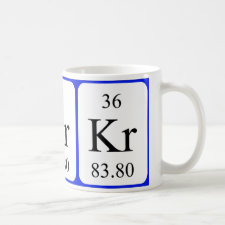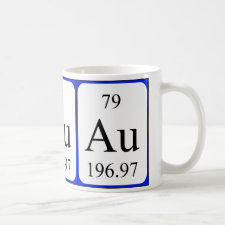
Authors: Ahamed MEH, Mbianda XY, Mulaba-Bafubiandi AF, Marjanovic L
Article Title: Selective extraction of gold(III) from metal chloride mixtures using ethylenediamine N-(2-(1-imidazolyl)ethyl) chitosan ion-imprinted polymer.
Publication date: 2013
Journal: Hydrometallurgy
Volume: 140
Page numbers: 1-13.
DOI: 10.1016/j.hydromet.2013.08.004
Alternative URL: http://www.sciencedirect.com/science/article/pii/S0304386X13001655
Abstract: In the present study, a novel chelating ion imprinted resin using chitosan as a scaffold material; N-ethylenediamine (1-imidazolyl ethyl)-type chitosan, has been prepared, and applied to the selective extraction of gold(III) chlorides from complex aqueous solutions. Batch adsorption experiments were carried out with various parameters, such as contact time, pH, initial Au(III) concentration and temperature. The kinetic studies revealed that the adsorption process could be described by pseudo-second-order kinetic model, while the adsorption data correlated well with the Langmuir and Temkin models. The maximum adsorption capacities calculated from the Langmuir equation are 810.67 mg g-1 and 649.35 mg g-1 at pH 3 and 6, respectively. Comparing these values with those cited in the literature showed that the adsorption capacity value obtained for the IECS-GLA imprinted polymer is remarkably higher. Thermodynamic parameters (Δ G < 0 and Δ S > 0) showed the spontaneity and endothermic nature of the adsorption process. Furthermore, the selectivity study revealed that the ion imprinted polymer was highly selective to Au(III) compared to Pb(II), Ni(II), Cu(II), Mn(II) and Fe(III), even at the optimum binding pH for the other metal ions (pH 5-6). The adsorbent was successfully regenerated with a 0.7 M thiourea-2 M HCl solution
Template and target information: gold ion, Au(III)
Author keywords: IIP IECS-GLA, Gold(III) ions, selective extraction, Equilibrium isotherms, Simulated mining solution



Join the Society for Molecular Imprinting

New items RSS feed
Sign-up for e-mail updates:
Choose between receiving an occasional newsletter or more frequent e-mail alerts.
Click here to go to the sign-up page.
Is your name elemental or peptidic? Enter your name and find out by clicking either of the buttons below!
Other products you may like:
 MIPdatabase
MIPdatabase









